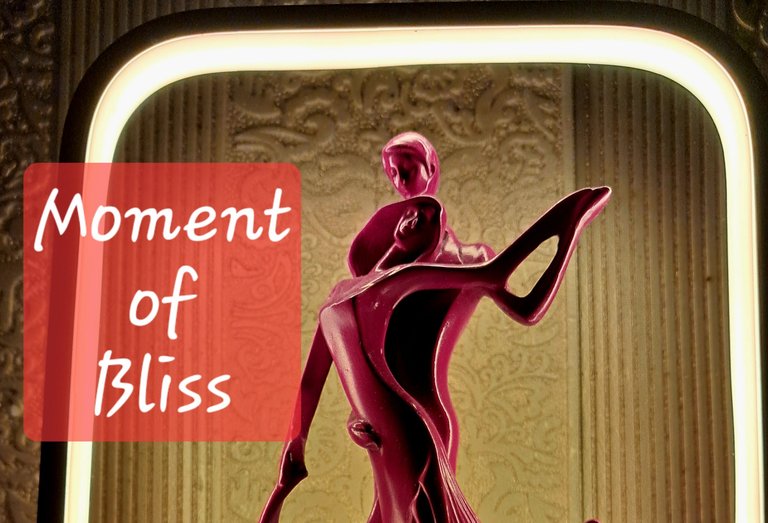In the 2003 Bollywood comedy film Munna Bhai MBBS, jadoo ki jhappi (magic hug) is a scene that highlights the emotional benefits of human contact and the power of empathy:
In the movie, Munna Bhai (Sanjay Dutt) gives a jadoo ki jhappi to a patient who is experiencing anxiety. The patient's anxiety melts away after receiving the hug, which is filled with genuine affection and reassurance. The scene contrasts with the cold clinical environment of a hospital and highlights the importance of personal connection.
Though such thing might appwar quite childish, but little things gets us big result. In Indian parlance, 'jhappi' means much more than a simple hug. It is the embrace and protection that only a loved one can provide. It makes the person secured and safe.

(own edited image)
Hugging and cuddling are both affectionate embraces that release oxytocin, a chemical in the body sometimes called the "cuddle hormone". Hugs are often nonverbal greetings or partings, while cuddling is usually more intimate and lasts longer. Cuddling often involves two people sitting or lying down together. In some US cities, cuddling has become a social activity, where people gather to cuddle. Hugs and cuddles can help people feel more connected to loved ones, such as romantic partners, close friends, or babies. If we get advanced of these then it lead us to snuggling.
Cuddling & Snuggling
Cuddling and snuggling are both affectionate behaviors that involve lying close to someone or something for comfort or warmth. However, cuddling can also have a different meaning, and the two activities can have different intentions:
Snuggling : A wholesome activity that's similar to hugging and often takes place in bed. People snuggle for warmth, affection, or to enjoy the company of someone close to them, such as a significant other, close friend, sibling, or pet. Snuggling can also be a form of foreplay without genital contact.
Cuddling : Can have a different meaning, such as being a coded invitation for extracurricular activities. For example, asking someone to cuddle can have a not-so-secret meaning, especially if you're not romantically involved with them. Cuddling can also have health benefits, such as releasing oxytocin, which can help you feel loved, connected, and calm. Oxytocin can also lower your heart rate and blood pressure, and reduce cortisol levels, a stress hormone
Wrapped in cuddle love
Hugs / cuddle / snuggle can have many benefits for our health and well-being, including:
1. Physical health: Hugs can lower your blood pressure and heart rate, improve cardiovascular function, and temporarily reduce chronic pain. They can also help balance your body and strengthen your immune system by stimulating the thymus gland, which regulates white blood cell production.
2. Mental health: Hugs can help you feel happier, more relaxed, and less anxious by releasing oxytocin, dopamine, and serotonin. They can also increase feelings of belonging, safety, and trust, and help you dissolve fears.
3.Sleep: Hugs can help you sleep better by decreasing the release of cortisol, which can make you feel less stressed.
4.Pain relief: Oxytocin can help block pain signals.
5.Communication: Hugs can be a comforting way to help you communicate with others.
Many researcher have suggested that cuddling before the sleep increases feelings of comfort, relaxation, and intimacy, while boosting positive emotions. Cuddling help us to bond with our partner and feel more secure. Some people even say they can only fall asleep when they're cuddling. However, others may wake up more often if they fall asleep in a cuddling position. We can still get some benefits from cuddling for the first 10 minutes before we go to sleep. We might have seen people holding teddy or toy to get a sleep. But it is the science to feel safe and secure and that what make cuddling / hugging / snuggling quite effective in our life.
Peace!!
Namaste @steemflow
Posted Using InLeo Alpha

